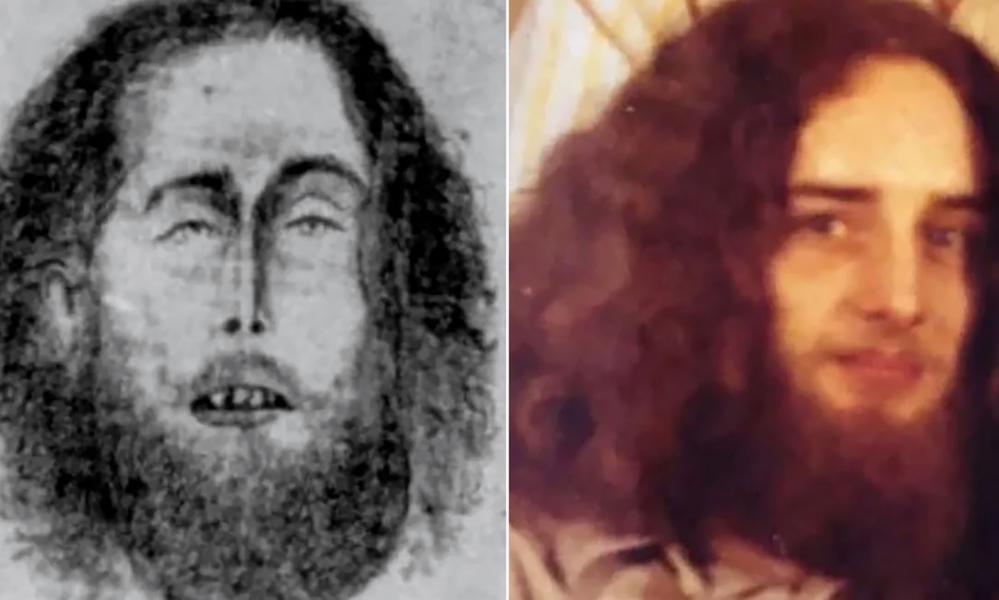
A man who was discovered frozen in a Pennsylvania cave almost five decades ago was finally identified after police tracked down long-lost fingerprint evidence, solving a mystery that had long baffled authorities in mountainous Appalachia.
The Berks county, Pennsylvania coroner’s office on Tuesday identified the man as Nicholas Paul Grubb, 27, of Fort Washington, Pennsylvania, CNN reported.
Grubb had long been known as the “Pinnacle Man”, a reference to the Appalachian mountain peak near where hikers encountered his body in 1977. At the time, authorities said there was no indication of foul play and deemed his death a suicide from a drug overdose.
They could not identify Grubb’s body from his appearance, belongings or clothing. During Grubb’s autopsy, examiners collected his dental information and fingerprints, but the latter were misplaced, leaving investigators with a rudimentary sketch and little else.
Authorities revisited the case periodically, when promising evidence popped up, but Grubb’s identity remained a mystery. “Over the last 15 years, detectives from the state police and investigators from the coroner’s office compared Nicolas’s information to no less than 10 missing persons through fingerprints and dental X-rays,” John Fielding, Berks county’s coroner, told reporters last week, according to WGAL.
His body was exhumed in 2019 after dental records tied Grubb to two missing persons, in Illinois and Florida, WFMZ reported.
Forensic examiners conducted an exam, collecting DNA samples to update his information in the National Missing and Unidentified Persons System(NamUs.) The data was not a match for either missing person, CNN said.
In August 2024, Pennsylvania state police trooper Ian Keck discovered Grubb’s lost fingerprint card taken during the autopsy in 1977 and sent it to NaMus. An FBI fingerprint expert matched the fingerprints to Grubb’s in just 53 minutes, according to the New York Times.
“It took some digging, looking in our archives. Luckily, going through the archives, along with photos, there happened to be a fingerprint card,” Keck said at the presser.
“It’s bittersweet,” Keck continued. “The family has been looking for their loved one for over 40 years, not knowing whatever happened to them. For me to have this tiny part in it, I’m glad I was able to help out.”
Grubb had been a member of Pennsylvania’s army national guard in the early 1970s, officials told reporters. He had a “police interaction” in Colorado two years before his death; this encounter led his fingerprints to be stored in the Automated Fingerprint Identification System, the Times said.
The Berks county coroner’s office informed one of Grubb’s relatives that they had confirmed his identity. This relative requested that the coroner’s office inter Grubb’s remains in his family’s plot.
“This identification brings a long awaited resolution to his family, who have been notified and expressed their deep appreciation for the collective efforts that made it possible. It is moments like these that remind us of the importance of our work to provide answers, to bring closure and to give the unidentified a name and a story,” Fielding reportedly said.
When Grubb was found, he was wearing light clothing and neither had camping gear nor food, and there was evidence that he tried to start a fire, suggesting he was not ready for the snowy conditions, per reports. Authorities said they will continue to investigate Grubb’s cause of death until they make a final ruling, WGAL reported.
EMEA Tribune is not involved in this news article, it is taken from our partners and or from the News Agencies. Copyright and Credit go to the News Agencies, email news@emeatribune.com Follow our WhatsApp verified Channel





